Nationality Russia Role Botanist | Name Mikhail Tsvet Known for Chromatography | |
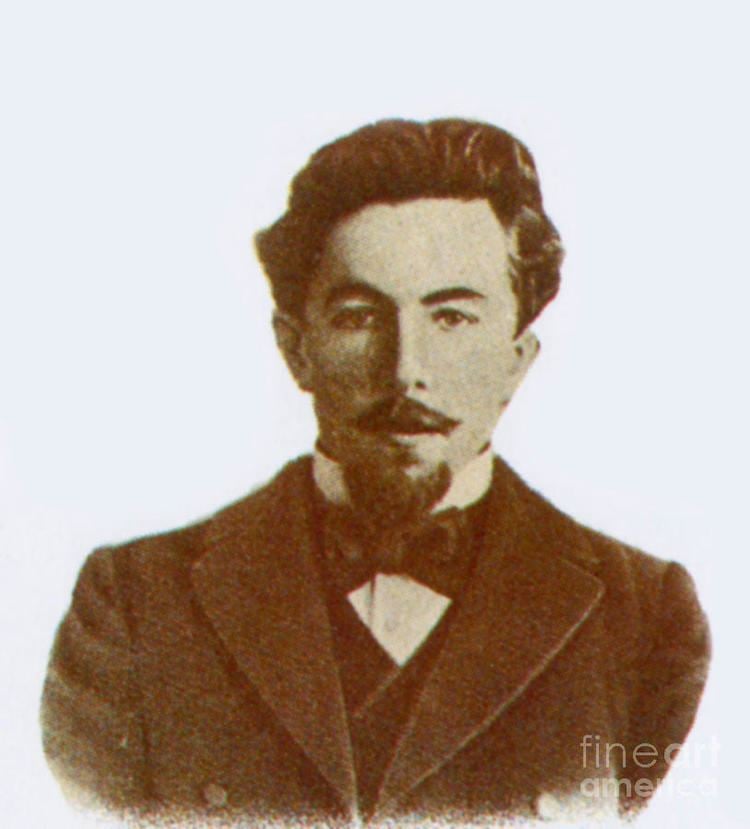 | ||
Books Chromatographic Adsorption Analysis: Selected Works | ||
Mikhail Semyonovich Tsvet (Михаил Семёнович Цвет, also spelled Tsvett, Tswett, Tswet, Zwet, and Cvet) (Asti, 1872 – Voronezh, 1919) was a Russian-Italian botanist who invented adsorption chromatography. His last name is Russian for both "colour" and "flowering."
Contents
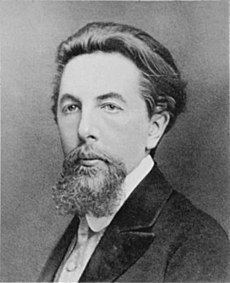
Biography
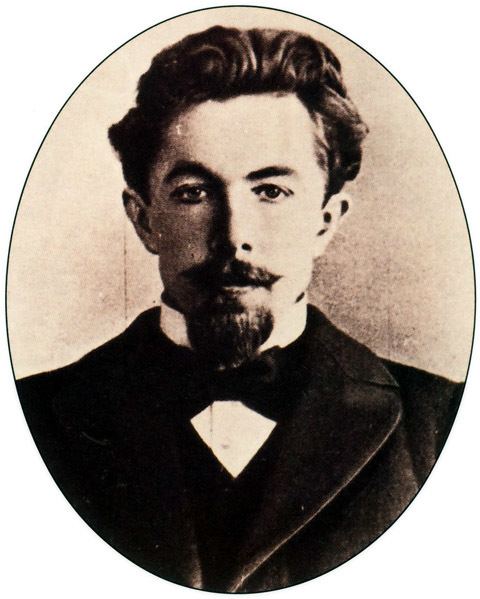
Mikhail Tsvet was born March 21st 1872 in Asti, Italy. His mother was Italian, and his father was a Russian official. His mother died soon after his birth, and he was raised in Geneva, Switzerland. He received his B.S. degree from the Department of Physics and Mathematics at the University of Geneva in 1893. However, he decided to dedicate himself to botany and received his Ph.D. degree in 1896 for his work on cell physiology. He moved to Saint Petersburg, Russia, in 1896 because his father was recalled from the foreign service. There he started to work at the Biological Laboratory of the Russian Academy of Sciences. His Geneva degrees were not recognized in Russia, and he had to earn Russian degrees. In 1897 he became a teacher of botany courses for women. In 1902 he became a laboratory assistant at the Institute of Plant Physiology of the Warsaw University in Poland. In 1903 he became an assistant professor and taught also at other Warsaw universities. After the beginning of World War I the Warsaw University of Technology was evacuated to Moscow, Russia, and in 1916 again to Gorki near Moscow. In 1917 he became a Professor of Botany and the director of the botanical gardens at the University of Tartu (Yuryev) in Estonia. In 1918 when German troops occupied the city, the university was evacuated to Voronezh, a large city in the south of Central Russia. Tsvet died of a chronic inflammation of the throat on 26 June 1919 at the age of 47.
Chromatography

Mikhail Tsvet invented chromatography in 1900 during his research on plant pigments. He used liquid-adsorption column chromatography with calcium carbonate as adsorbent and petrol ether/ethanol mixtures as eluent to separate chlorophylls and carotenoids. The method was described on 30 December 1901 at the XI Congress of Naturalists and Physicians (XI съезд естествоиспытателей и врачей) in St. Petersburg. The first printed description was in 1905, in the Proceedings of the Warsaw Society of Naturalists, biology section. He first used the term "chromatography" in print in 1906 in his two papers about chlorophyll in the German botanical journal, Berichte der Deutschen botanischen Gesellschaft. In 1907 he demonstrated his chromatograph for the German Botanical Society.
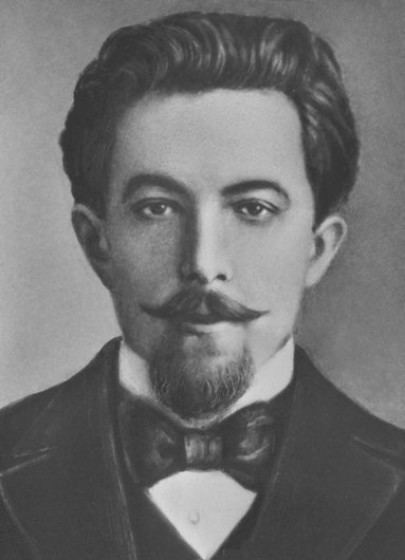
For several reasons, Tsvet's work was long ignored: the tragic events in Russia at the beginning of the 20th century, the fact that Tsvet originally published only in Russian (making his results largely inaccessible to western scientists), and an article denying Tsvet's findings. Richard Willstätter and Arthur Stoll tried to repeat Tsvet's experiments, but because they used an overly aggressive adsorbent (destroying the chlorophyll), were not able to do so. They published their results and Tsvet's chromatography method fell into obscurity. It was revived 10 years after his death thanks to Austrian biochemist Richard Kuhn and his student, German scientist Edgar Lederer as well as the work of A. J. Martin and R. L. Synge.
Botanical author abbreviation
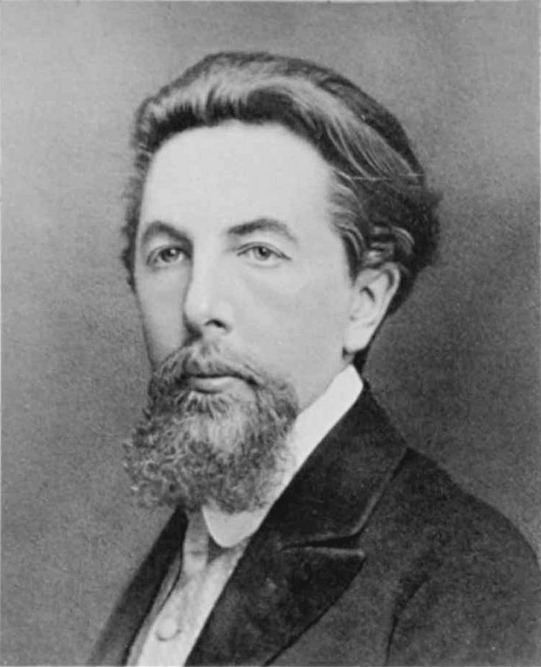
The standard botanical author abbreviation Tswett is applied to plants that he described.
